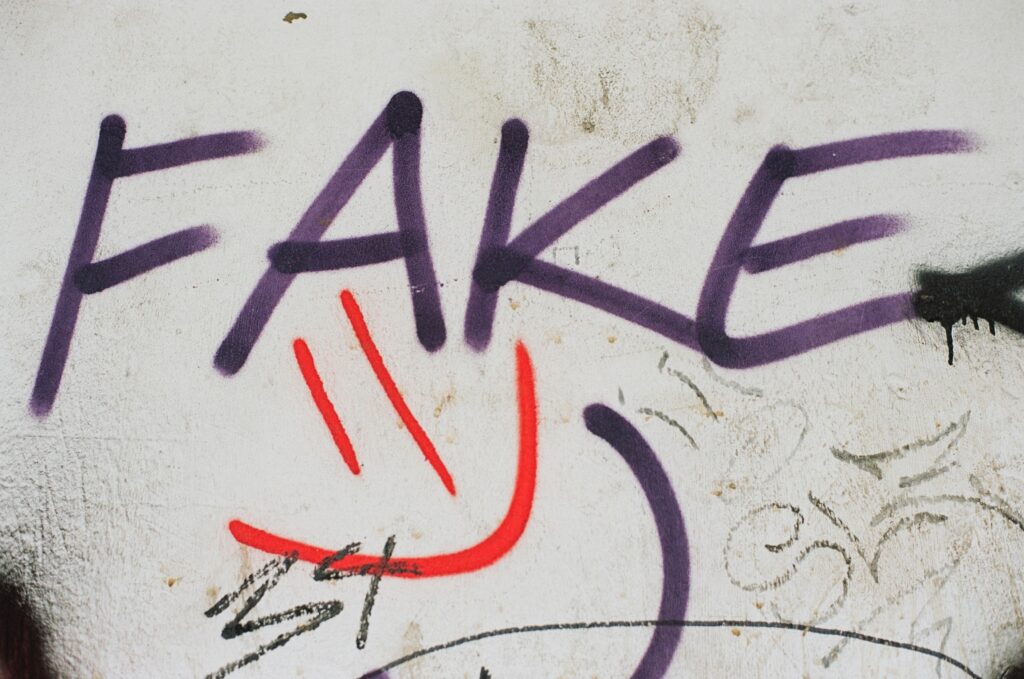Media plays a crucial role in contemporary democracy. The state of democracy and media, both in the present and the future, is a topic of great concern. In fact, democracy as it has developed over the past few centuries relies on media; without media, it simply cannot exist. Yes, it’s true: modern democracy cannot exist without media. Media is the “magic ingredient” or the “genie in the bottle” essential for the emergence of modern democracy. You see, “once upon a time,” there was democracy in ancient Greece, and it was splendid. Citizens directly elected and decided on everything. However, since they directly decided on everything, the ancient Greeks concluded that democracy can and must only exist in a small city, a polis. In contrast to the concept of classical democracy, modern democracy is usually representative, meaning that there are individuals whom we citizens elect as our representatives. And in order to communicate with our representatives and with each other, we, as citizens, need media.
Throughout the past centuries, we have used printed newspapers as media channels, later radio broadcasts came into play, followed by television, and at one point, everything “jumped” onto computers and then “jumped” again onto the internet, ushering in the digital age. Suddenly, we had an abundance of new digital media based on computer technologies. It seemed that we were all getting closer to the freedom of thought and expression, especially with the ability to create our own content on platforms like Facebook, Instagram, Twitter, YouTube, and many others. All of this brought hope for the expansion of democracy, greater participation, and the exchange of ideas.
However, a dark shadow looms over this hope. Deepfake technology, which utilizes advanced artificial intelligence techniques, poses a significant threat to media freedom, truth, and democratic society. Deepfake technology allows the creation of realistic yet manipulated video clips. Through the use of generative neural networks, such as generative adversarial networks (GANs), deepfake technology can mask the faces and voices of well-known figures, creating compelling but false recordings.

Examples like the deepfake video of Nancy Pelosi, which manipulated her speech, or the video of Mark Zuckerberg speaking candidly but being entirely fake, highlight the potential dangers of this technology. Additionally, another noteworthy example is the deepfake public service announcement featuring Barack Obama. In this video, developed by BuzzFeed and actor Jordan Peele, Peele’s jaw was superimposed over Obama’s, matching Peele’s mouth motions with Obama’s speech. With nearly 50 hours of automated processing using FakeApp, the footage was further improved, blurring the line between reality and manipulation.
The impersonation of public figures and the fabrication of false statements can lead to the spread of misinformation, political manipulation, and an erosion of trust in media and institutions.
However, despite the challenges being significant, there is hope for the future. Advanced artificial intelligence technologies can also play a crucial role in detecting and combating deepfake content. Tools for analyzing digital signatures, tracking recognizable patterns, and machine learning can aid in identifying manipulated videos and false information. Increasing research efforts focus on developing effective methods for detecting deepfake content and safeguarding the integrity of the media space.
Furthermore, public education, particularly among the youth, plays a key role in addressing the challenges posed by deepfake technology. Education about recognizing manipulation, critical thinking, and source verification can help individuals become more cautious and better equipped to confront false content. Enhancing media literacy and raising awareness of the risks associated with deepfake technology can contribute to the creation of a more resilient society capable of recognizing and challenging manipulation.
In conclusion, deepfake technology presents challenges to media freedom and democracy, but there is hope for a brighter future. Through the development of advanced artificial intelligence technologies and the strengthening of media literacy, we can combat misinformation and manipulation. As technology progresses, we must simultaneously work on fortifying our values, integrity, and freedoms, which form the foundation of democracy.